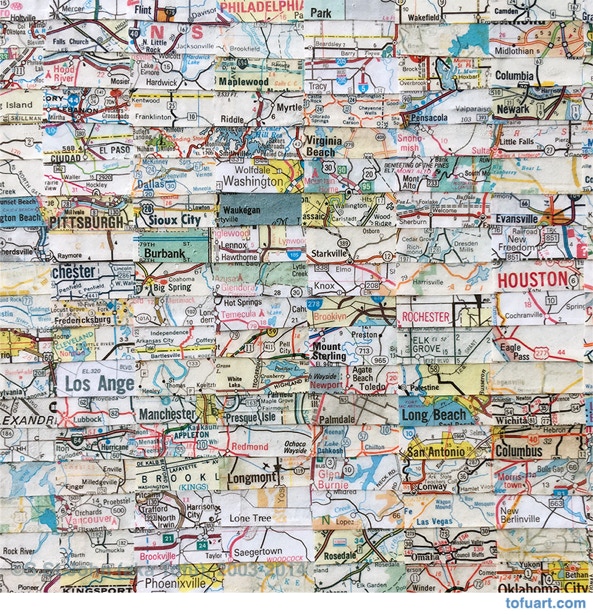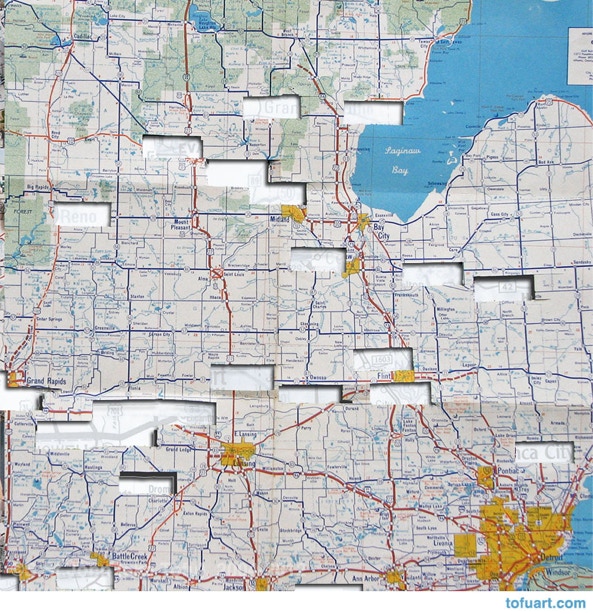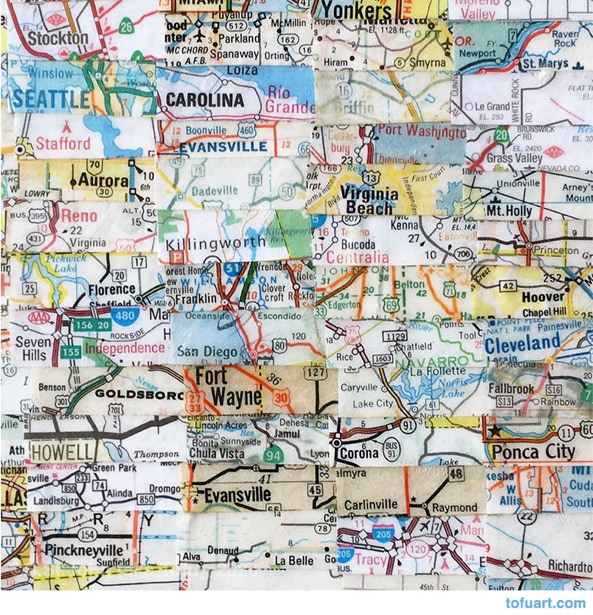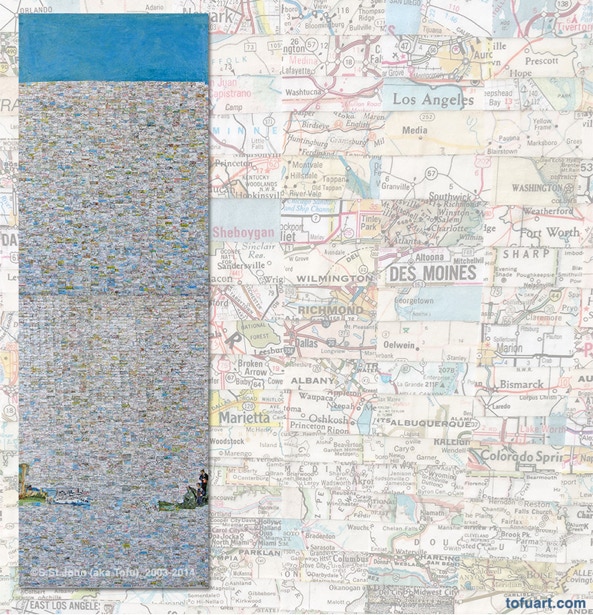4487 Hometowns
2003-2012
In 2003 I visited the Mission in San Juan Bautista, California. I found one of the side altars had about 100 wallet size photos mixed among the votive candles. Each photo was a portrait of a young man or woman in military uniform. This was not a memorial for the fallen but an altar to pray for the protection of friends and family serving overseas.
Seeing all those young faces staring back from the photos changed my understanding of the war. The war in Iraq held no personal connection for me. I was aware of the war as another remote and distant event somewhere else in the world. I did not personally know anyone serving in the military. Those photos and the powerful prayers behind them reminded me how real the war was and how affected the communities near the Mission were. Those faces were brothers and sisters, sons and daughters, husbands and wives, fathers and mothers, coworkers, friends and neighbors.
I had been seeking a way to respond to the war in Iraq with my art. That visit to San Juan Bautista kept coming back to me. I began to have an understanding of the impact of the war on each city and town. While there is a need to memorialize the individuals, who have been lost in war, I wanted to do something different by memorializing the war in terms of a loss to communities. From that came the idea of constructing a memorial of hometowns instead of a memorial of names or faces. The reuse of old maps in my work was a natural fit for what I wanted to create.
In 2004 I began cutting up maps. Each American serviceman and woman killed in Iraq was represented by his or her hometown. Officially the last American casualty from the war was in 2012 and there 4487 hometowns on the piece. There are big cities and small towns and everything in between. Communities from all over the United States have been represented in the artwork. Many communities have lost more than one person in Iraq. Those cities and towns are represented multiple times.
I have done my best to represent each town and used the CNN website as my basic source. Many Americans have grown up in multiple places and might have more than one hometown. Some of the hometowns might be where the fallen servicemen or women grew up, where their family lives or even where they lived before enlistment. Regardless, all the towns represent communities where there.
© Scott St. John 1997-2025



